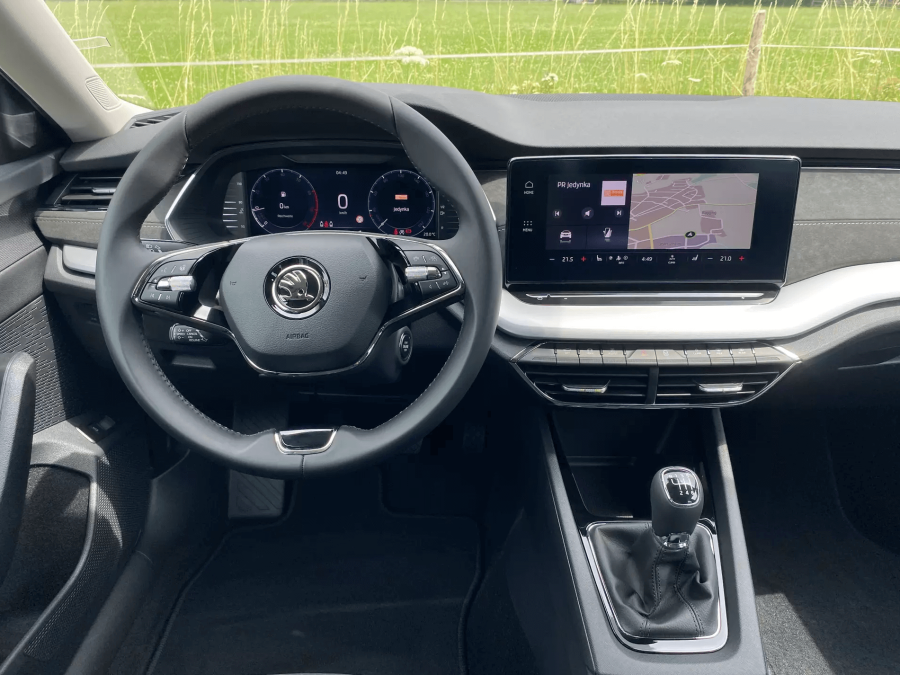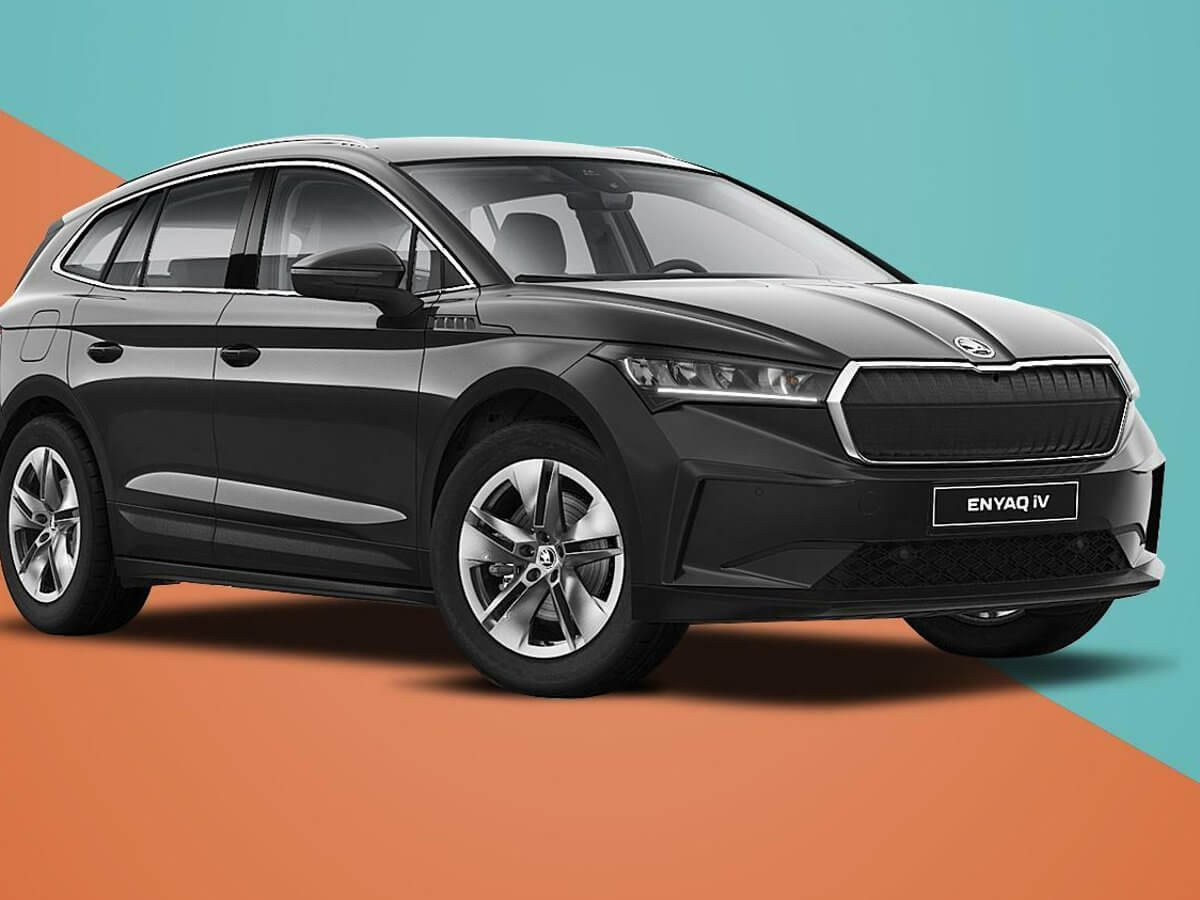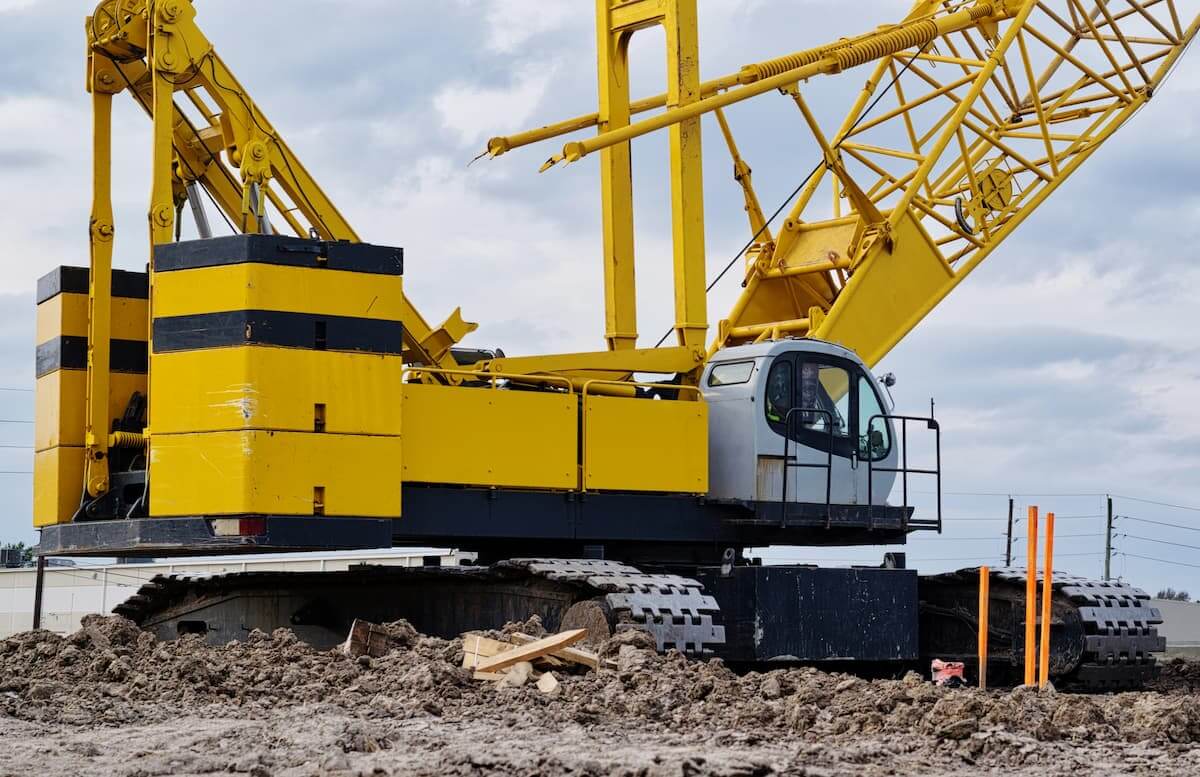Few names command as much respect in the world of automotive engineering as Skoda. Renowned for blending innovative technology with timeless craftsmanship, Skoda’s legacy dates back over a century. The brand has not only solidified its position as a leader in engineering but has also become synonymous with reliability, design, and a forward-thinking approach to mobility. Today, Skoda is a cornerstone of modern automotive excellence, drawing attention from consumers and businesses alike, especially in the competitive rent-a-car industry.
From Humble Beginnings to a Global Powerhouse
Founded in 1895 by Václav Laurin and Václav Klement, Skoda started as a bicycle manufacturer before making its foray into the automotive world. This transition from bicycles to automobiles marked the birth of a company destined to revolutionize engineering practices. With models like Skoda Popular in the 1930s and Octavia’s first generation in 1959, the brand cemented its status as a reliable, affordable option for everyday drivers, consistently offering industry-leading innovations.
Fast-forward to the 21st century. Skoda is now a subsidiary of the Volkswagen Group, with access to one of the world’s largest automotive networks. The Czech automaker leverages cutting-edge technology to enhance performance and reliability while maintaining affordability. This balance makes Skoda an attractive option for individual car buyers and fleet management companies, particularly those in the rent-a-car sector.
Engineering Innovation and Design Precision
What truly sets Skoda apart is its commitment to pushing the boundaries of automotive engineering. Skoda vehicles reflect an intricate balance of performance, efficiency, and user comfort, from turbocharged engines to state-of-the-art safety systems. Skoda’s innovative MQB (Modular Transverse Matrix) platform, shared with the Volkswagen Group, has been a game-changer, allowing for more dynamic designs and improved efficiency. This platform underpins many of their popular models, like the Skoda Kodiaq and Superb.
Skoda’s success is not just about performance; it’s also about a deep understanding of customer needs. Features like the SmartLink+ connectivity system, intuitive infotainment, and Skoda’s “Simply Clever” solutions demonstrate their focus on making driving experiences more convenient and personalized. Such advancements have solidified Skoda’s reputation as an ideal choice for daily commuters and businesses requiring a dependable fleet.

The Role of Skoda in Fleet and Rent-a-Car Markets
Skoda’s engineering prowess is well recognized in the fleet management and rent-a-car industries. Known for their low maintenance costs, exceptional fuel efficiency, and reliability, Skoda models are often favored by companies looking to optimize their fleets. The rent-a-car market, in particular, benefits from Skoda’s value-driven approach, offering consumers premium vehicles without the premium price tag.
A 2023 report by JATO Dynamics indicated that Skoda ranked within the top 10 European brands with the lowest total cost of ownership. This fact makes Skoda an appealing choice for rent-a-car companies, where reducing operational expenses while maintaining high customer satisfaction standards is critical. The Skoda Fabia and Octavia are standout models in this regard, with rental firms often citing them for their spacious interiors, fuel economy, and ease of maintenance.
In regions like Dubai, where renting a car is popular for tourists and residents, Skoda’s affordable yet high-performance vehicles make them ideal candidates. With their reputation for reliability and cost-effectiveness, it’s no surprise that Skoda cars are increasingly seen by companies that offer rent-a-car services in Dubai. As Dubai develops into a global business and tourism hub, the demand for quality rental vehicles like Skoda will only grow, making it a smart choice for fleet managers.
Moreover, with the rise of electric mobility, Skoda’s push towards sustainability is hard to overlook. The Skoda Enyaq iV, the brand’s fully electric SUV, represents Skoda’s commitment to a greener future. This forward-thinking move is especially relevant to rental companies aiming to reduce their carbon footprint and cater to an eco-conscious customer base. As electric vehicles gain traction globally, Skoda’s EV lineup offers rental firms a way to diversify their fleets while staying at the forefront of innovation.
Skoda’s Impact on Numbers
When it comes to analytics, Skoda’s numbers speak volumes. In 2022, Skoda delivered over 878,000 vehicles globally, with key markets being Europe, China, and India. Skoda captured an impressive 6.8% market share in Europe alone in 2023, according to a Statista report. Their strong presence in the market has been driven by their ability to offer high-quality vehicles at competitive prices. Despite economic challenges like the global semiconductor shortage, Skoda’s consistent sales performance is a testament to its robust supply chain and forward-thinking production processes.
In addition, Skoda’s research and development investments are among the highest in the industry. According to Automotive News Europe, Skoda invests approximately 7-8% of its annual revenue into R&D, focusing on green technology and AI-powered driving solutions. These advancements drive the future of transportation and provide tangible benefits to industries reliant on efficient and reliable fleet operations, such as rent-a-car services.
Shaping the Future of Automotive Engineering
The future for Skoda looks incredibly promising. As they expand their electric vehicle lineup, further integrate AI-driven technologies, and enhance connectivity features, Skoda is poised to lead the next wave of automotive innovations. With projects like autonomous driving and advanced driver-assistance systems (ADAS) in development, Skoda is ensuring its position as a forward-thinking brand that remains relevant in an ever-evolving market.
For the rent-a-car industry, this means access to cutting-edge vehicles that meet today’s standards and are equipped for tomorrow’s demands. The ability to offer customers premium, eco-friendly, and technologically advanced cars at competitive prices makes Skoda a valuable partner.

Conclusion: Skoda’s Unstoppable Journey
From humble beginnings in the Czech Republic to becoming a global symbol of automotive excellence, Skoda has proven that innovation and reliability go hand-in-hand. With an unwavering commitment to engineering precision, sustainability, and customer satisfaction, Skoda continues to redefine the automotive landscape. Whether you’re an individual buyer, a business seeking fleet management solutions, or a company offering to rent a car in Dubai looking for vehicles that deliver both quality and cost-efficiency, Skoda’s legacy in automotive engineering provides something for everyone.
By combining heritage with cutting-edge advancements, Skoda is not just a car manufacturer; it’s a brand that drives the future forward.

Hiking addict, traveler, band member, Vignelli fan and independent Art Director. Working at the sweet spot between design and mathematics to save the world from bad design. Nothing ventured, nothing gained.


